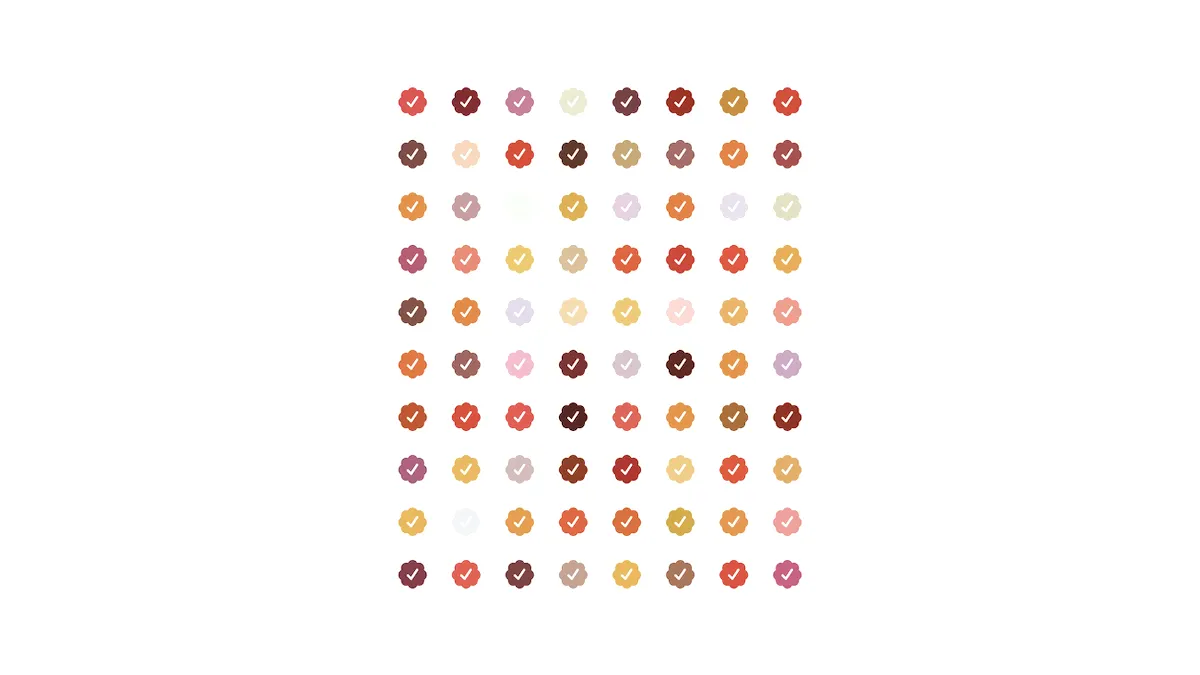The NFT market showed sparks of life in January with a sharp uptick in trading volume and total NFTs sold, but it’s not just high-value Bored Ape Yacht Club sales driving the renewed buzz. Lately, it’s also open edition mints in which artwork is selling for tiny sums, yet fueling hype thanks to gamification techniques and FOMO over potential future rewards.
At its core, an open edition NFT mint simply means a drop in which there’s no cap on how many of the identical artwork pieces can be purchased within the availability window.
Open edition drops aren’t new—in fact, they were popular on Nifty Gateway in early 2021 as the NFT market first gained steam, but they typically sold for hundreds of dollars apiece. Similarly, we’ve seen gamification elements around past art projects like Damien Hirst’s The Currency and Merge from pseudonymous artist Pak.
— @jackbutcher (@jackbutcher) January 4, 2023
In the new meta (or trend), however, open edition NFTs are often sold for $10 or less—it’s like buying a print or poster rather than a 1-of-1 work. It’s thus much easier to buy into a project and lean into gamified collection mechanics that let holders trade multiple copies to unlock a potentially more valuable NFT, or unlock other teased future benefits.
After the Bored Ape Yacht Club’s Sewer Pass, the buzziest new NFT drop of 2023 thus far is Checks by artist Jack Butcher of Visualize Value. The project, which riffs on the idea of Twitter’s verified user checkmark, held an open edition mint on Zora in early January, and sold just over 16,000 of the identical editions for about $8 each.
Since then, the Checks NFTs have skyrocketed in value amid details of a gamified trading model that will let holders burn (or permanently destroy) a certain number of editions for a less-common NFT. The NFTs now start at 2.45 ETH (about $4,085)—a nearly 51,000% increase in one month. Checks has now generated over $26 million worth of secondary trading to date.
The buzz around Checks has ignited a wave of derivative projects that remix the theme, including a Pepe meme-themed version from notable collector Vincent Van Dough. Over the weekend, the project sold nearly 238,000 editions at a price of about $7 worth of ETH each—more than $1.6 million worth.
In a playful turn, Butcher then changed the metadata—or the embedded data that determines an NFT’s attributes—so that the original Checks NFTs were identical to the Pepe versions. Artist Sean Bonner then created a flipped version of the artwork and sold it as an open edition. Other artists’ takes on the Checks theme have yielded derivatives far and wide.
DAWN OF CHECK pic.twitter.com/2h9ogj5a6S
— beeple (@beeple) February 6, 2023
“It's memes being made in real time,” Bonner told Decrypt of the open edition boom. “We're seeing how the ideas morph from one thing to the next, and people who can tie together the right cultural references at the right moment are being celebrated.”
Bonner praised Butcher for encouraging and even amplifying derivative projects. It’s a stark contrast to aggressive legal tactics that certain NFT creators have taken in the past—such as when original CryptoPunks creator Larva Labs filed a DMCA takedown notice related to V1 Punks, a project built around Larva’s own abandoned on-chain assets.
Open and growing
The open edition boom isn’t all about Checks, however. Especially since the start of the year, open editions of all sorts have gained new life as on-ramps into NFTs, as artists increasingly create affordable drops that emphasize accessibility over straightforward scarcity.
Artist Alex Ness made about $2.2 million worth of ETH in late January with a drop for his digital art piece “M0N3Y PR1NT3R G0 BRRRRRR,” which sold over 20,300 copies at a price of about $110 (0.069 ETH) apiece. It similarly has a burn mechanic that lets users effectively trade up for a rarer piece.
An open edition sale of a single image by @Ness_Graphics just generated more ETH than the last Zombie punk sale.
(1405 vs 1155) pic.twitter.com/9Q21RKClpC
— NFTstatistics.eth (@punk9059) January 28, 2023
Jeremy Fall, the restaurateur turned Web3 entrepreneur behind Probably Nothing and its Probably a Label collab with Warner Records, has done a number of open edition drops since December with teases of a big burn event ahead. And rapper Snoop Dogg released a music NFT through an open edition drop on Sound.xyz over the weekend, selling nearly 10,500 NFTs at about $8 worth of ETH each.
Some, however, are worried that the open edition trend is a bubble that could hurt traders once it pops. In the case of Checks, the initial mints sold for just $8 apiece, but secondary sales command over $4,000 worth of ETH as of this writing. People buying in at or near the peak (wherever it might land) in the hopes of flipping for a profit could get burned.
“People are moving from game to game here,” Proof co-founder and NFT collector Kevin Rose said on his 100 Proof podcast last week. He added that gamified open editions are “dominating the NFT mindshare right now,” and concluded, “I worry that it’s not going to end well, and it rarely does.”
The debate over the rising valuations of open edition NFTs has been a Crypto Twitter mainstay in recent weeks, with many artists and notable collectors simply suggesting that people not buy anything for the speculative potential—just buy art you like from creators you want to support. But skyrocketing secondary sale prices show that the hype is still fueling pricey pickups.
Music OEs. pic.twitter.com/bAj4cxaKiX
— Snoop Dogg (@SnoopDogg) February 3, 2023
Web3 startup Manifold creates customizable smart contracts—which hold the code that powers decentralized apps and NFT projects—and has been one of the biggest beneficiaries of the open edition boom. Some 223 million NFTs have been claimed via Manifold mints, per on-chain data curated by Dune, including many of the biggest recent open edition drops.
Manifold co-founder Eric Diep told Decrypt that the speculative rush may not last long, but that open editions are fueling affordable NFT collecting like never before. Even if prices don’t continue to climb, he still believes that the broader trend will grow—and that there will be even more open editions minted a year from now than there are today.
“Most likely this is going to be a bubble that flattens out in a few weeks from now,” Diep said. “But the baseline is going to be improved, and I think the long-term trend is ever increasing.”
Between approachable mint fees, game-like mechanics that draw attention and help boost resale prices, and an open culture of embracing derivative riffs, Bonner said that the open edition frenzy is just the right antidote for an NFT space that was mired in sinking sales and prices for much of last year.
“It's fun and it's smart and it's simple,” Bonner told Decrypt, “and that's something the space really needed.”

